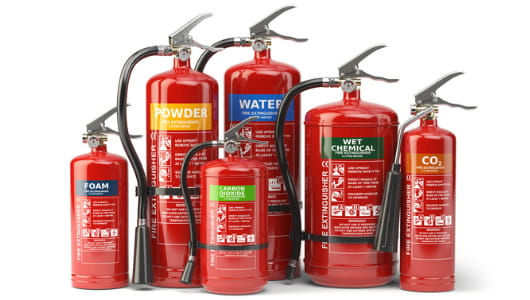In this Article:
Fire safety is a concern for every business owner. The consequences of a fire can be catastrophic, leading to significant property damage, financial losses, and even loss of life. To minimize these risks, it is crucial to have a dependable fire safety system in place.
Two popular options are fire suppression systems and fire sprinklers. In this blog post, we will discuss the key differences between these two systems, explore their benefits, and help you to determine which one is the most suitable for your business premises.
Understanding Fire Suppression Systems
A fire suppression system is an all-encompassing approach to controlling and extinguishing fires. These advanced systems are designed to detect, contain, and eliminate fires rapidly and efficiently. Fire suppression systems can employ various methods, such as water, foam, gas, or dry chemicals, depending on the specific fire risks present in your business environment.
Types of Fire Suppression Systems:
1. Water-based Systems:
- Ideal for Class A fires (involving ordinary combustibles like wood, paper, and textiles)
- Utilizes water to extinguish fires effectively
- Can be further divided into subcategories, such as wet pipe, dry pipe, and pre-action systems
2. Foam-based Systems:
- Highly effective against Class B fires (involving flammable liquids and gases)
- Smothers the fire and prevents re-ignition by creating a blanket of foam
- Commonly used in industries dealing with flammable liquids, such as petroleum and chemical processing plants
3. Gas-based Systems:
- Utilizes inert gases, such as carbon dioxide or nitrogen, to displace oxygen and extinguish fires.
- Ideal for protecting sensitive equipment and areas where water damage must be avoided.
- Commonly used in data centers, museums, and archives to protect valuable assets.
4. Dry Chemical Systems:
- Employs a fine powder to interrupt the chemical reaction that occurs during a fire.
- Effective against fire Class A, B, and C (involving energized electrical equipment).
- Popularly used in commercial kitchens, industrial facilities, and transportation vehicles.
Benefits of Fire Suppression Systems:
1. Early Detection and Rapid Response:
- Equipped with advanced detection mechanisms to identify fires in their early stages.
- Allows for quick response and minimizes the spread of fire and damage.
2. Customizable Solutions:
- Can easily be tailored to very specific kinds of needs and layout of your business premises.
- Takes into account the unique fire risks and valuable assets present in your facility.
3. Minimizing Property Damage and Financial Losses:
- Rapidly contains and extinguishes fires, reducing the extent of property damage
- Helps prevent significant financial losses associated with fire incidents
4. Enhancing Life Safety:
- Provides precious time for occupants to evacuate safely during a fire emergency
- Can potentially save lives by quickly controlling the spread of fire
Exploring Fire Sprinklers
Fire sprinklers are a specific type of fire suppression system widely used in commercial and residential buildings. These systems consist of a network of water-filled pipes and strategically placed sprinkler heads throughout the premises. When a fire is detected, the heat activates the nearest sprinkler head, releasing water to extinguish the fire and prevent it from spreading further.
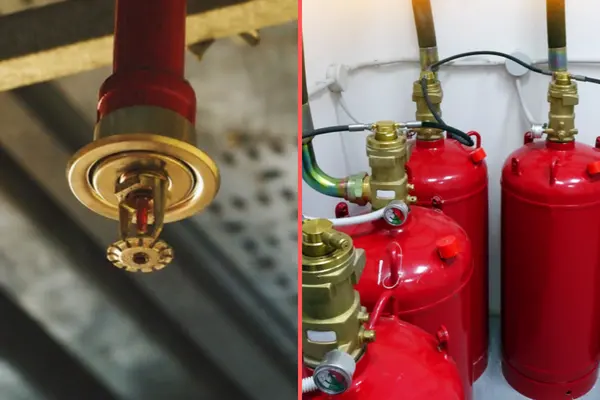
Types of Fire Sprinklers:
1. Wet Pipe Sprinklers:
- Pipes are constantly filled with water, which leads to instant discharge when a sprinkler head is activated
- Most common type of fire sprinkler system
- Suitable for most commercial and residential applications
2. Dry Pipe Sprinklers:
- Used in areas prone to freezing, where pipes are filled with pressurized air or nitrogen
- When a sprinkler head is activated, the air is released, leading the water to flow and extinguish the fire
- Ideal for unheated warehouses, parking garages, and outdoor corridors
3. Pre-Action Sprinklers:
- Combines the features of wet and dry pipe sprinklers
- Pipes are filled with air, but water is held back by a pre-action valve
- When a fire is detected, the valve opens, and the water enters the pipes and is discharged from the activated sprinkler head
- Provides an extra add-on layer of protection that works against accidental water discharge
- Commonly used in water-sensitive environments, such as libraries, museums, and data centers
Benefits of Fire Sprinklers:
1. 24/7 Protection:
- Provide continuous protection, even when your business is unoccupied
- Ensures a rapid response to any fire that may occur, minimizing potential damage
2. Localized Action:
- Sprinkler heads activate independently, only discharging water in the immediate vicinity of the fire
- Minimizes water damage to unaffected areas of your business
3. Cost-Effective Solution:
- Can be easily integrated into existing building infrastructure
- Requires minimal complex installation or maintenance compared to other fire suppression systems
- Helps reduce insurance premiums by demonstrating a proactive approach to fire safety
4. Life Safety and Property Protection:
- Quickly controls and extinguishes fires, providing time for the safe evacuation of occupants
- Minimizes the spread of fire, reducing property damage and potential business interruption
Choosing the Right System for Your Business
When deciding between a fire suppression system and fire sprinklers for your business, consider the following factors:
1. Nature of Your Business:
- Assess the specific fire risks associated with your industry and operations
- Consider the materials, equipment, and processes involved in your daily business activities
2. Layout and Size of Your Premises:
- Evaluate the physical structure and layout of your business premises
- Determine the areas that require protection and the potential challenges in installing a fire safety system
3. Budgetary Constraints:
- Compare the expenses like installation, maintenance, and operational costs of different fire safety systems
- Do consider the long-term benefits and potential savings in terms of property protection and insurance premiums
4. Regulatory Requirements:
- Verse yourself with local building codes and fire safety regulations
- Ensure compliance with industry-specific standards and guidelines
Note: Consulting with a professional fire safety expert can provide valuable insights and help you to evaluate an informed decision based on your unique enterprise needs and requirements.
Conclusion
Investing in a reliable fire safety system is a critical step in protecting your business, employees, and customers from the devastating hazards caused by fire. By understanding the differences between fire suppression systems and fire sprinklers, you can make an informed decision on the best results for your business premises.
Fire suppression systems offer a comprehensive approach to fire control, utilizing various methods such as water, foam, gas, or dry chemicals. They provide early detection, customizable solutions, and rapid response to minimize damage and ensure life safety.
On the other hand, fire sprinklers are a specific type of fire suppression system that uses water to control and extinguish fires. They offer 24/7 protection, localized action, cost-effectiveness, and the potential for reduced insurance premiums.
Ultimately, the choice between a fire suppression system and fire sprinklers depends on factors such as the nature of your business, the layout of your premises, your budget, and regulatory requirements. By prioritizing fire safety and implementing the right solution, you can create a safer environment that protects your assets and allows the long-term success of your business.
Read More Articles:
How to choose the right Fire Safety Equipment for Factories
The Top 5 Places Where Fire Suppression Systems are a Must
Ensuring Safety in the Factory: Choosing the Right Fire Fighting Equipment
Related Articles

Protein Foam: Your Guide to Effective Fire Suppression
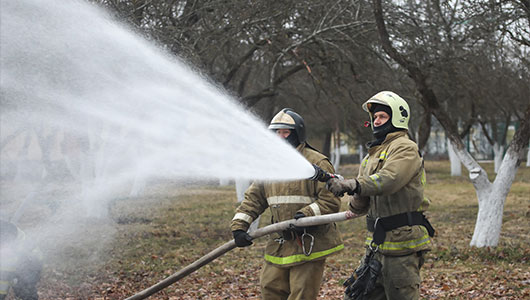
AR-AFFF Foam: Find the Right Formula for Your Needs
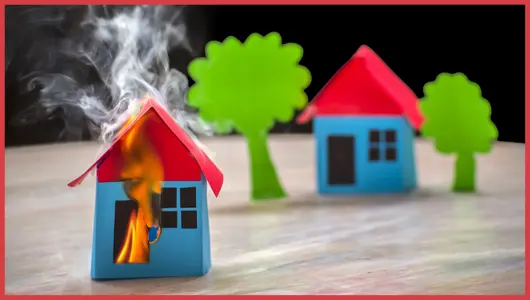
AFFF Foam: Your Essential Guide to Fire Safety

Why ECOFOAM is the Future of Environmentally Friendly Firefighting

Foam Concentrates: Sustainable Solutions for Environmentally Conscious Fire Protection
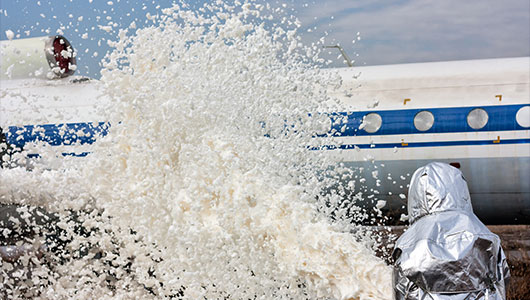
The Right Foam for Every Fire: Synthetic Concentrates for Varied Hazards & Environments

Expansion Foam Concentrate: The Ultimate Solution for Controlling Flammable Liquid Fires
Stop Fire in Its Tracks: Protein Foam's Versatility Across Hazards & Environments

Fluorine-Free Foam (ECOFOAM): Next-Generation Fire Suppression Solutions for Modern Challenges
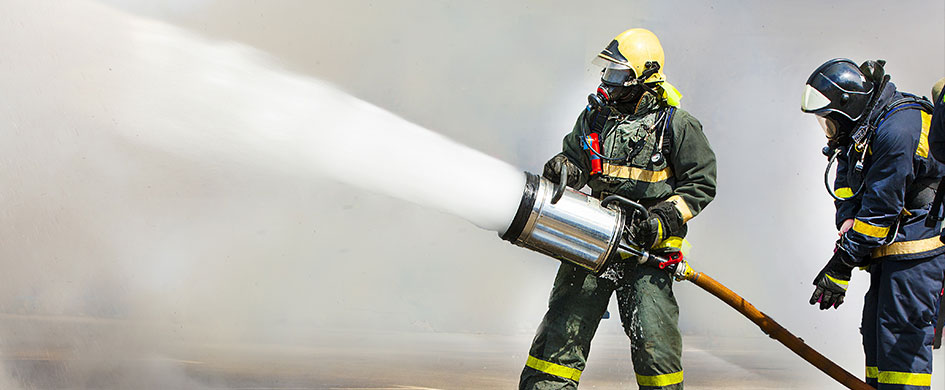
Future of Firefighting is Here: Top Trends in Foam Concentrate Technology Explained

Synthetic Foam Concentrates: The Science Behind Superior Fire Control

Expansion Foam Concentrate: The Game Changer for Fighting Large Fires
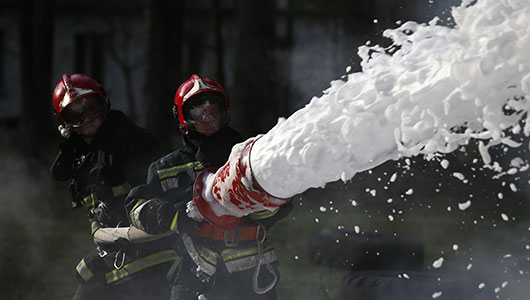
Protein Foam 101: How It Works to Fight Fires
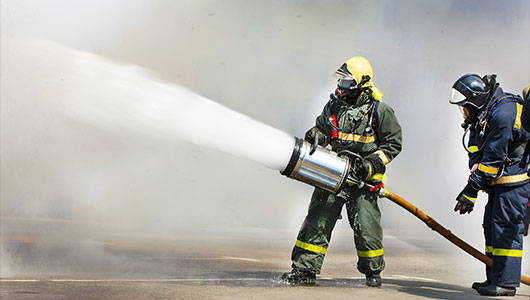
Advantages of Advanced AR-AFFF Foam Technology - Fire Protection Ultimate Guide 2024
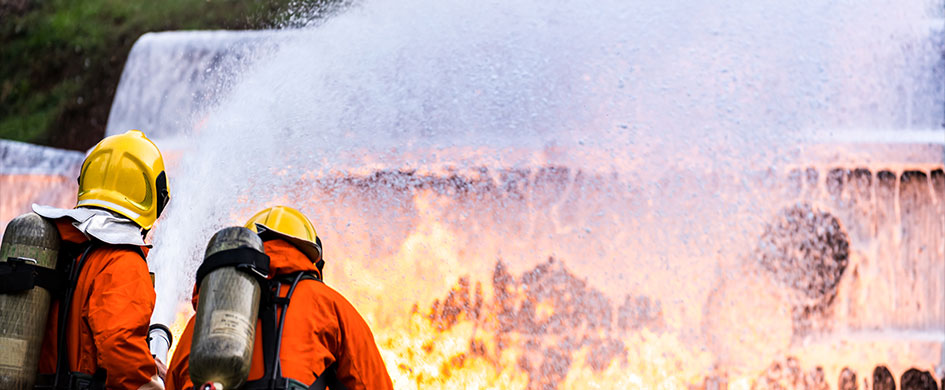
AFFF Fire Suppression: Applications & Benefits for Enhanced Safety
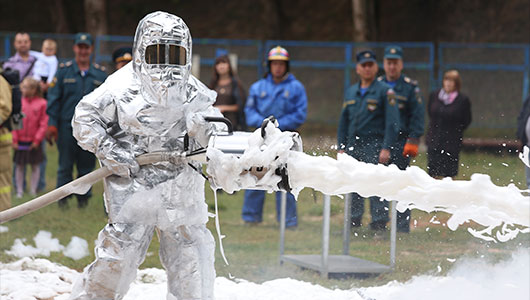
Foam Concentrates vs Traditional Fire Extinguishers: Which is More Effective?

Fight Fires Eco-Friendly: Rise & Future of Fluorine-Free Foam (ECOFOAM)

Synthetic Foam Concentrates: Advancing Fire Suppression with Cutting-Edge Technology

Expand Your Fire Safety Arsenal: Exploring the Versatility of Expansion Foam Concentrate
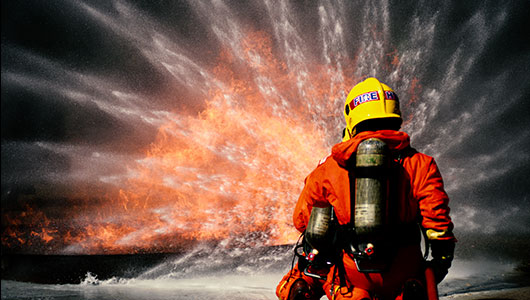
Protein Foam Concentrates: Harnessing Nature's Power for Effective Fire Suppression | Guide 2024
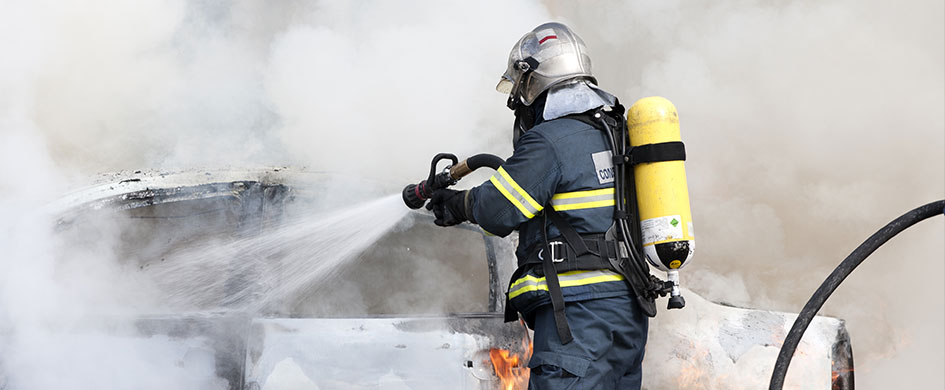
Advanced AR-AFFF Foam: The Cutting-Edge Solution for Superior Fire Suppression Performance
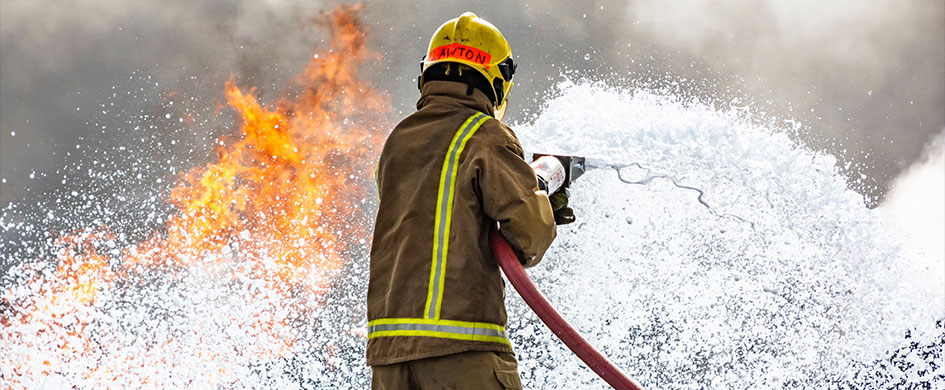
Understanding AFFF Role in Rapid Fire Suppression

The Rise of Eco-Friendly Fire Suppression: Exploring Fluorine Free Foam (ECOFOAM) Solutions

Foam Concentrates: The Ultimate Guide(2024) to Effective Fire Suppression
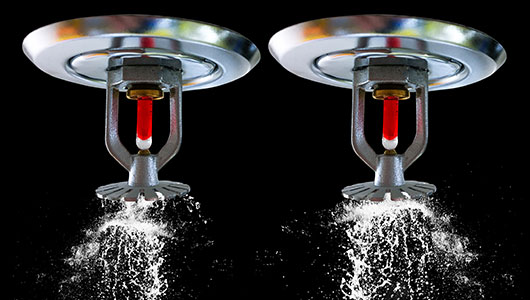
Choosing the Right Fire Sprinkler System for Your Commercial Property
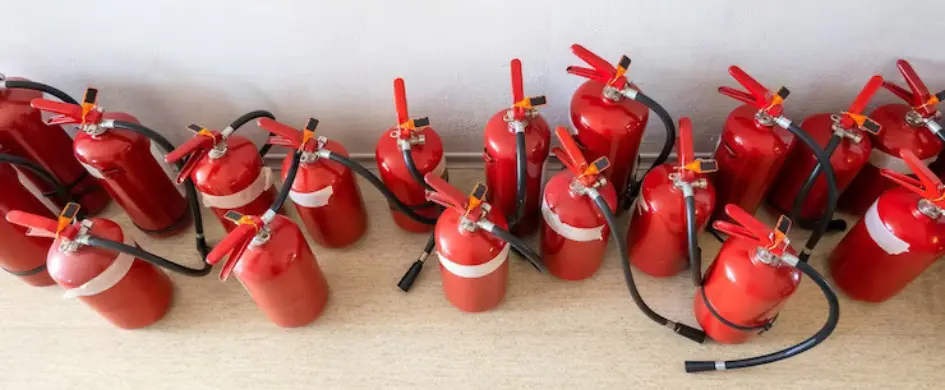
Emergency Evacuation Planning: Steps to Ensure Workplace Safety

The Ultimate Guide to Fire Extinguishers: Types, Uses, and Maintenance
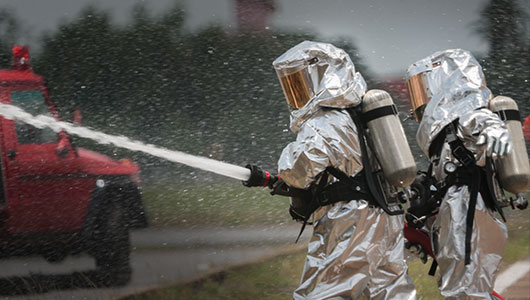
The Role of Personal Protective Equipment (PPE) in Firefighting
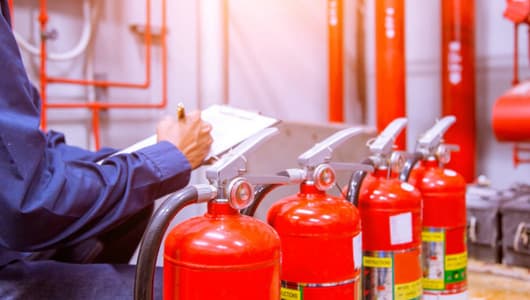
Keeping Your Business Safe: A Comprehensive Guide to Fire Risk Assessments
Protecting Your Electrical Equipment: The Importance of a Fire Suppression System for Electrical Panels
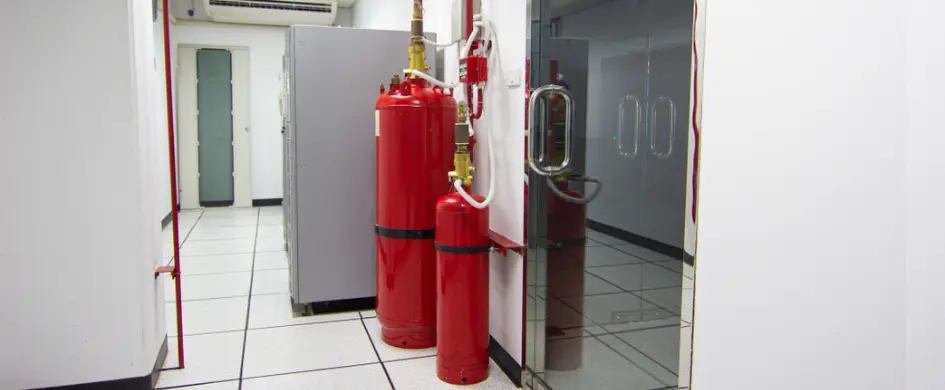
Protect Your Data Center with a Reliable Fire Suppression System

How to choose a water mist fire extinguisher
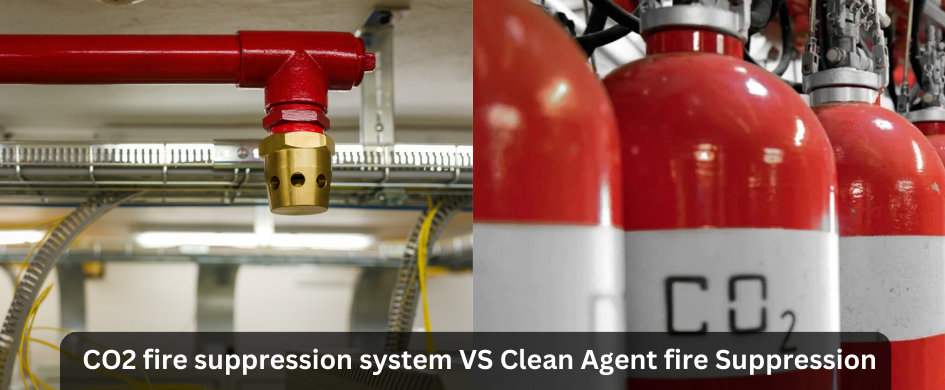
CO2 Fire Suppression System vs Clean Agent fire Suppression
Ensuring Safety in the Factory: Choosing the Right Fire Fighting Equipment
The Top 5 Places Where Fire Suppression Systems are a Must

How to Choose the Right Fire Safety Equipment for Factories
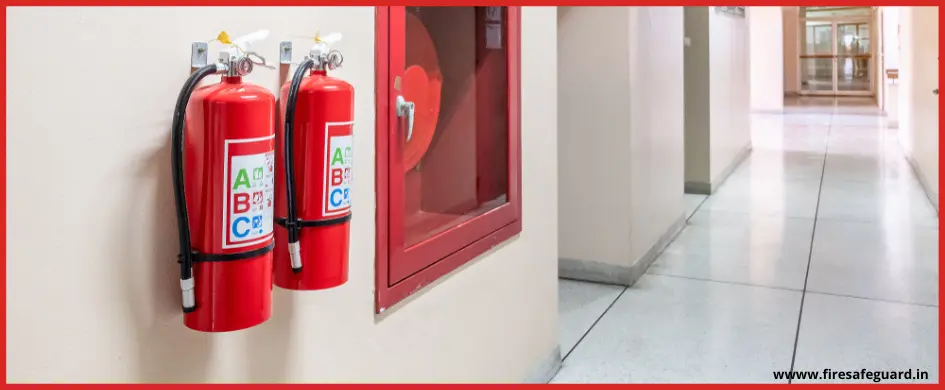
Ultimate Fire Extinguisher Buying Guide for Business owners
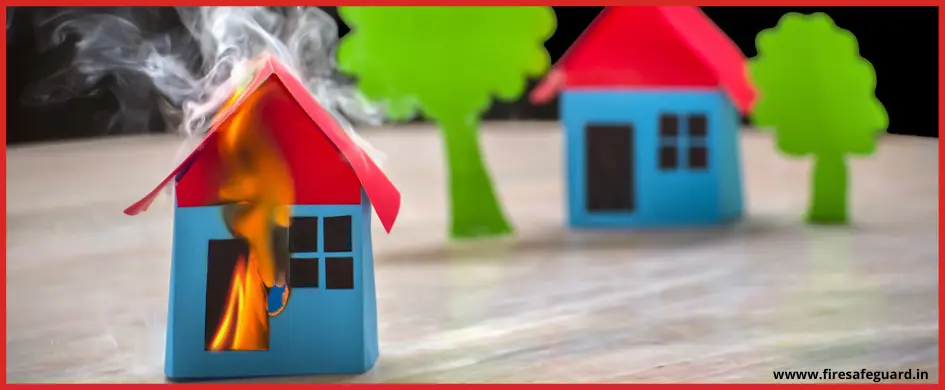
Known and Unknown Facts about Fire Everyone Should Know
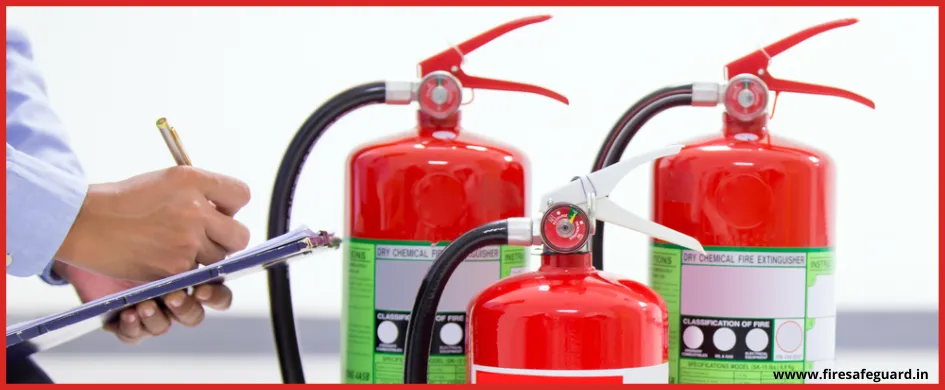
Everything you need to know about Water Type Extinguisher
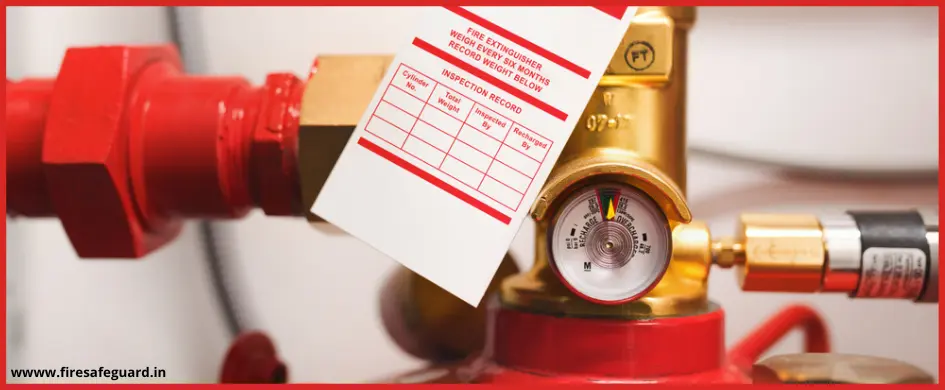
What is a Clean Agent Fire Extinguisher ? Detailed Guide 2024
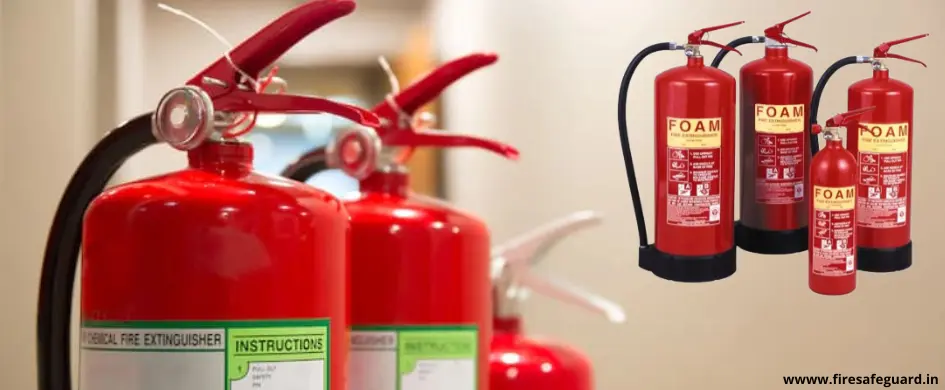
Everything You Need to Know About Foam-Type Fire Extinguishers
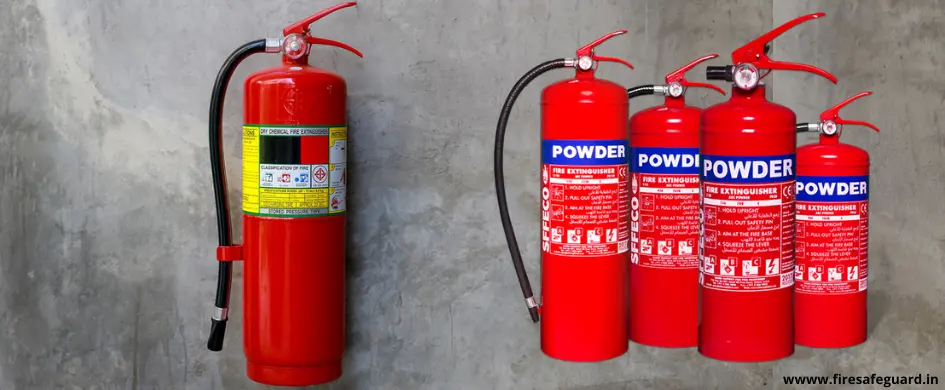
Everything You Need to Know about Dry Chemical Fire Extinguishers - Detailed Guide 2024

Top Fire Extinguisher Manufacturers in India
